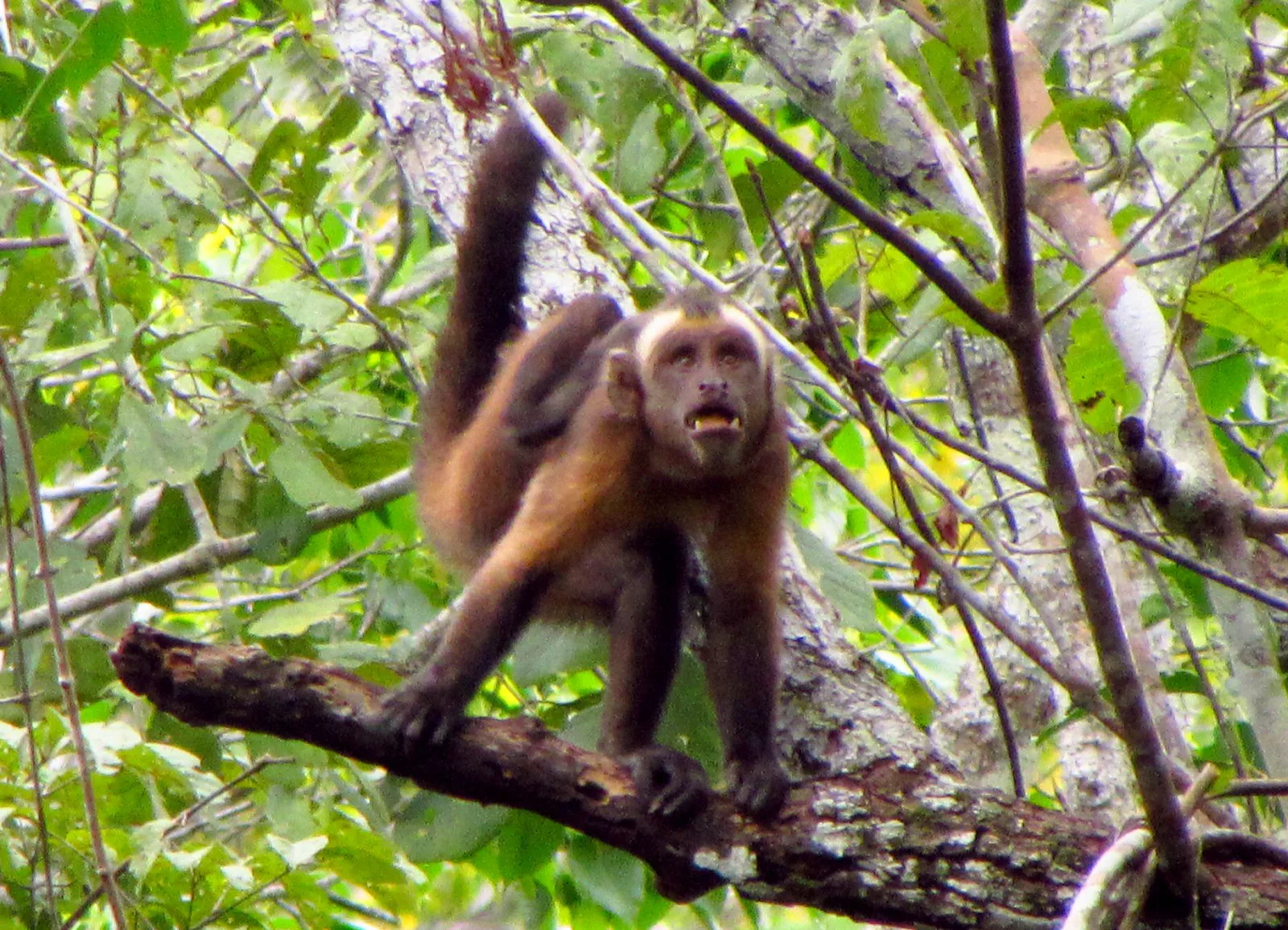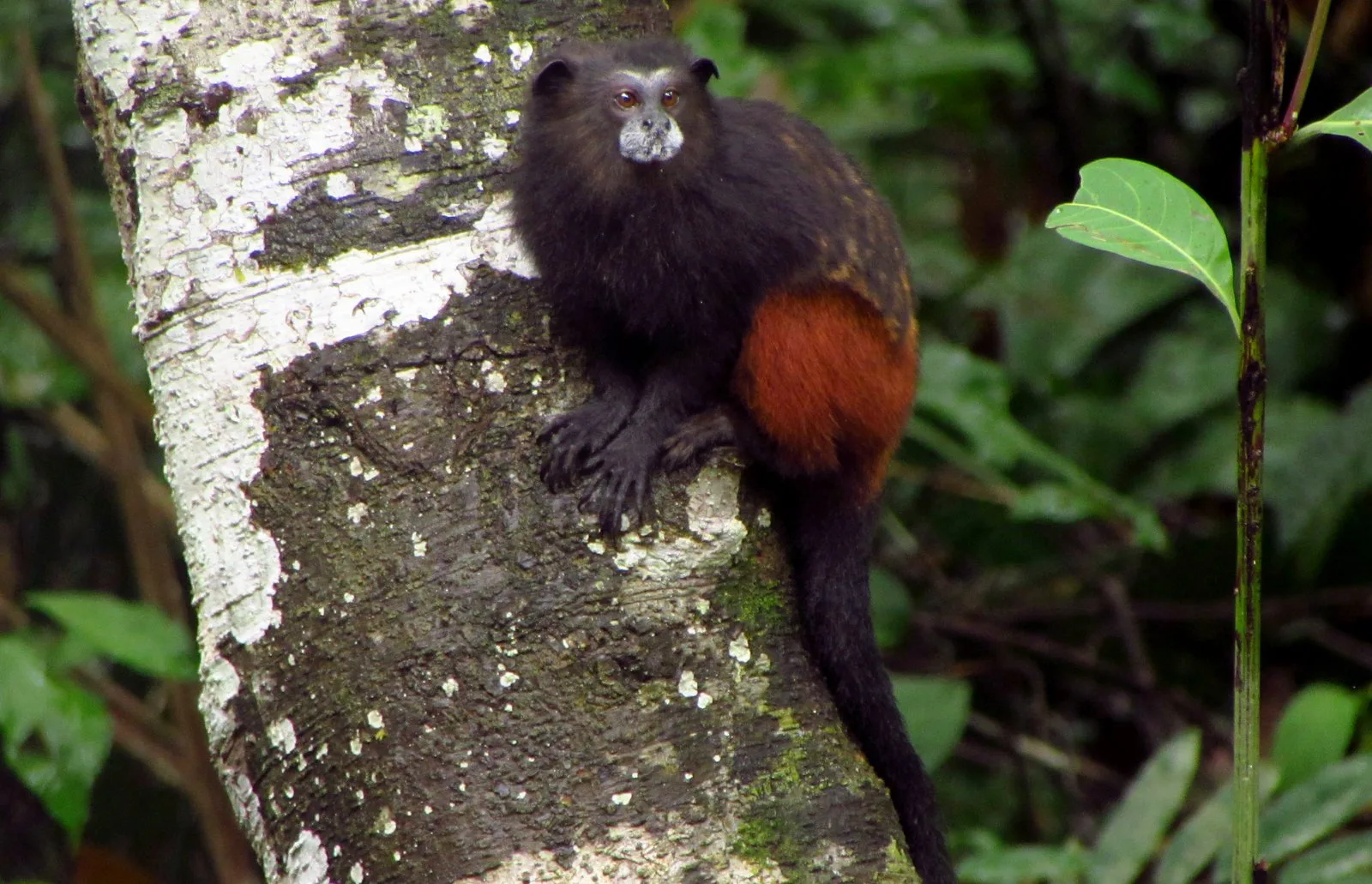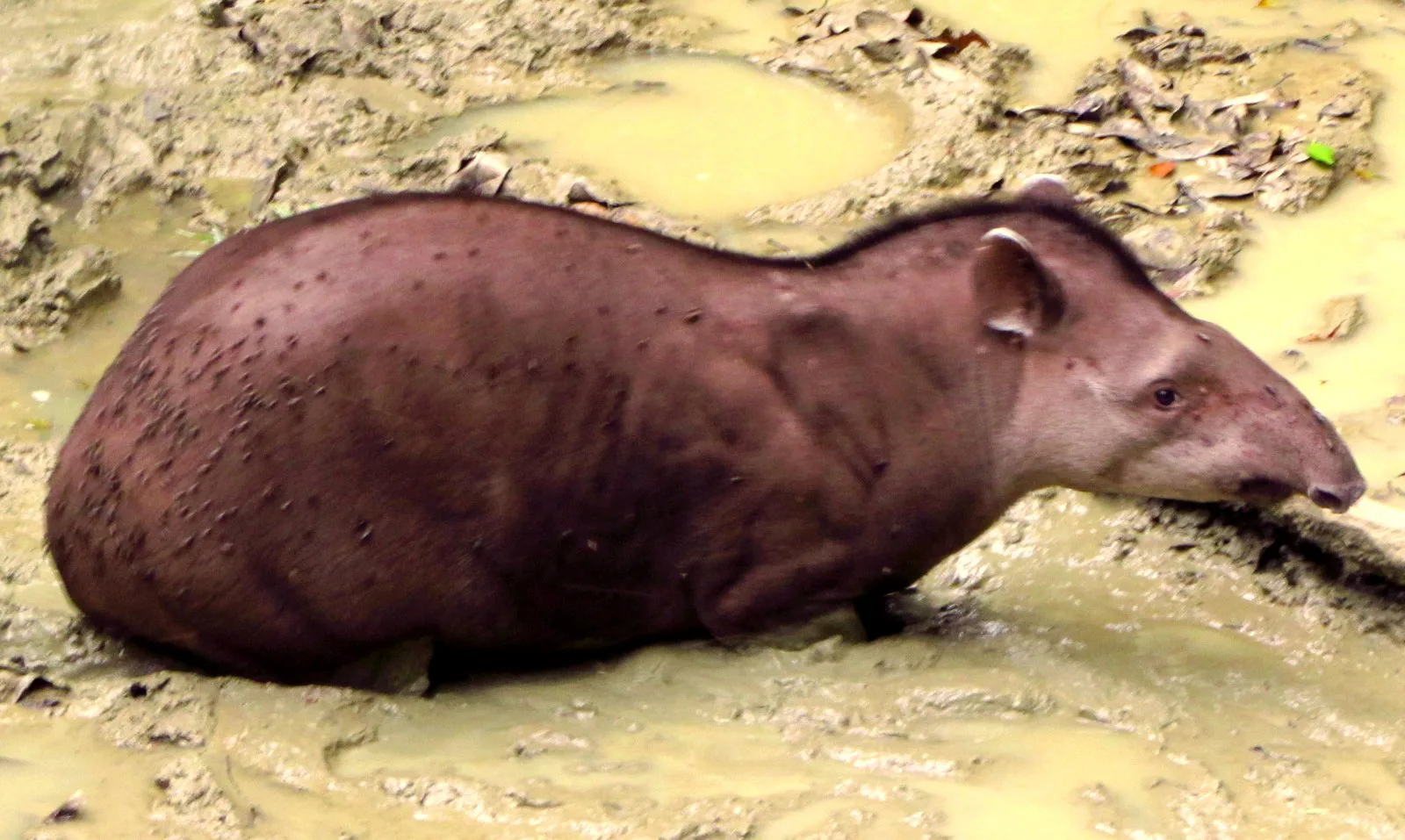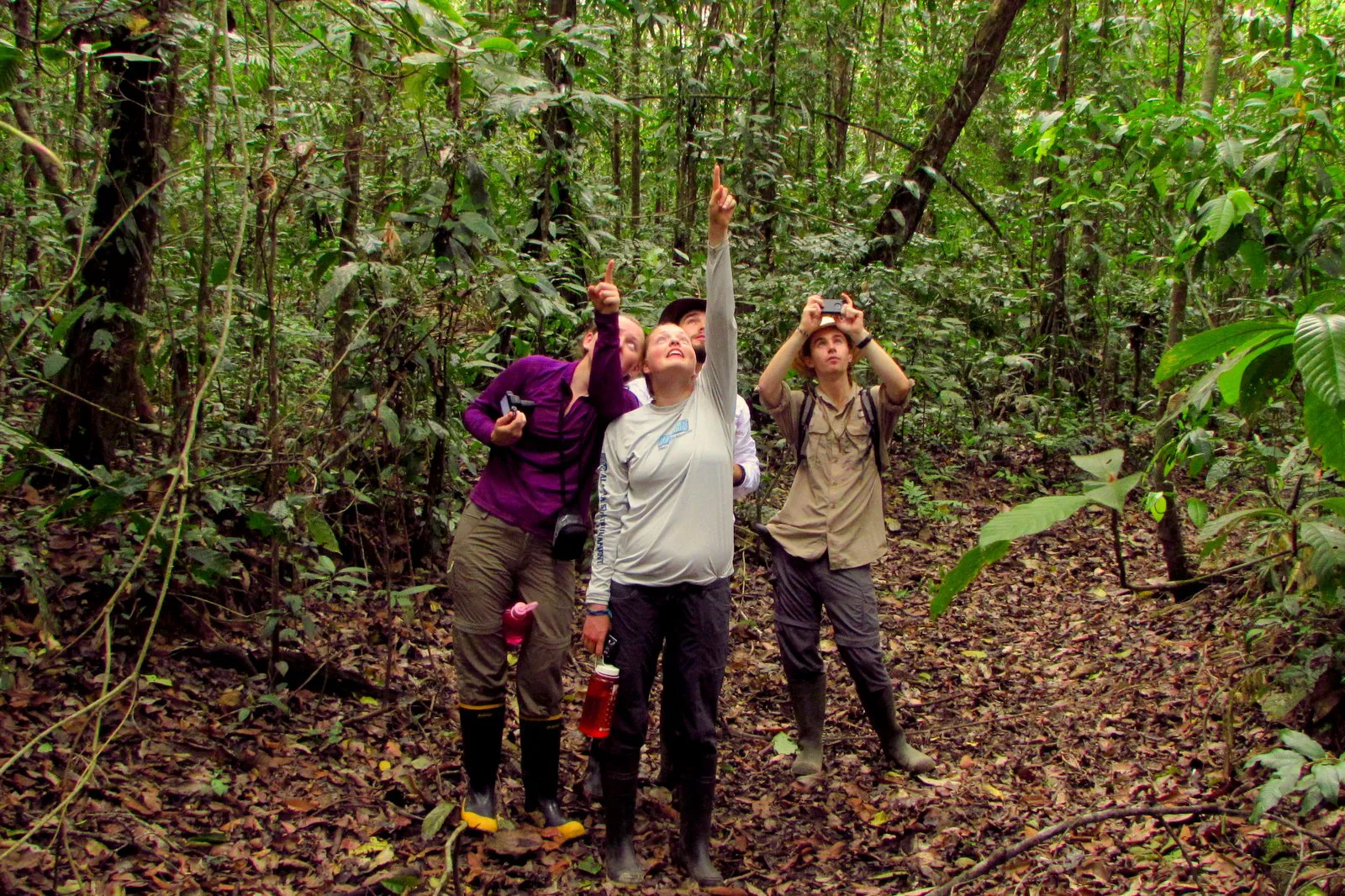At the Edge of Global Civilization
What is wilderness, and where does it begin? This past weekend, the SFS Peru students and instructors took a trip beyond the foothills of the Andes and into the vast Amazon lowlands, where our global civilization and what remains of the Stone Age come face to face. On narrow boats, following the footsteps of late 19th century explorers, we descended the Madre de Dios river, of which Aldo Leopold’s 1924 description still seems fitting today:
…ever since some maps of South America have shown a short heavy line running eastward beyond the Andes, a river without beginning and without end, and labeled it the River of the Mother of God… That short heavy line flung down upon the blank vastness of tropical wilderness has always seemed the perfect symbol of the Unknown Places of the earth.

Staying at a comfortable birdwatchers’ lodge built in this remote corner of South America, students had the opportunity to see firsthand a pristine Amazonian forest in all its grandeur, beyond the gun and the chainsaw. After barely two hikes, our tally of wondrous rainforest sights was outstanding, including five species of monkeys, unafraid macaws and tapirs at salt licks, caimans and a plethora of frogs and spiders at night, plus expansive views of the forest canopy from atop a giant kapok tree.
During walks and lectures, students and professors discussed the intricate co-evolution of plants with their animal pollinators and seed dispersers, the basin-wide dynamics of sodium and its unexpected implications for animal behavior and conservation, and reflected on the dynamics of ecotourism as a promise of habitat preservation but also of irreversible social and economic change.





As it did a hundred years ago, true tropical wilderness, where our expanding global society gives way to Nature’s primordial web of ecological interactions, begins in Madre de Dios. At the river port on the first day of our trip, we noticed a government sign warning travelers who venture this far to stay away from un-contacted indigenous people on the unlikely event that a tribe attempts to make contact. Instead of bringing any danger to outsiders, a close encounter could risk the life of a whole tribe, as diseases harmless to us but fatal to un-contacted people, are inadvertently transferred in gifts of food, cloth, or metal tools.
In spite of the small odds, one such group did appear on the banks of the Madre de Dios on the day of our descent. As we passed by and looked at each other across the wide river, a collective uneasy feeling of belonging to a species that cannot reconcile a burgeoning technology with the primeval life of the forest dweller was impossible to repress. This real is the edge of global civilization that SFS Peru had the privilege to visit just a few days ago.

Related Posts


Alumni Reflections: Stories of the Return to Kenya
